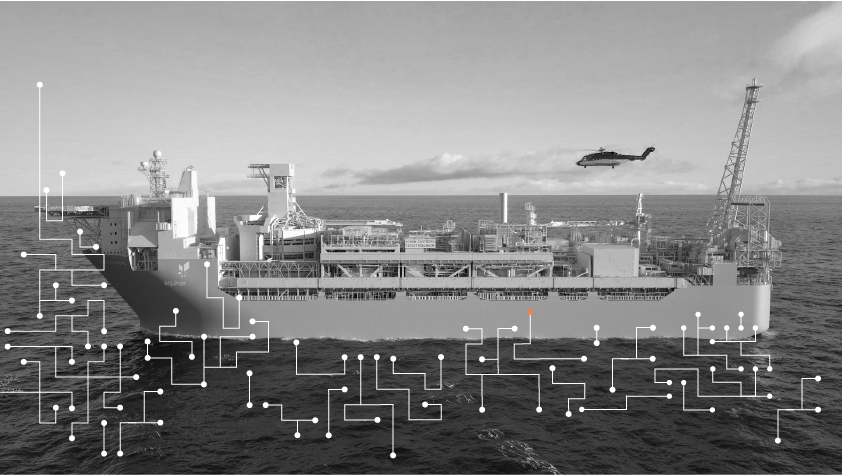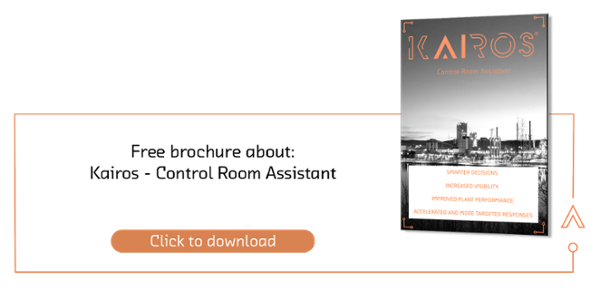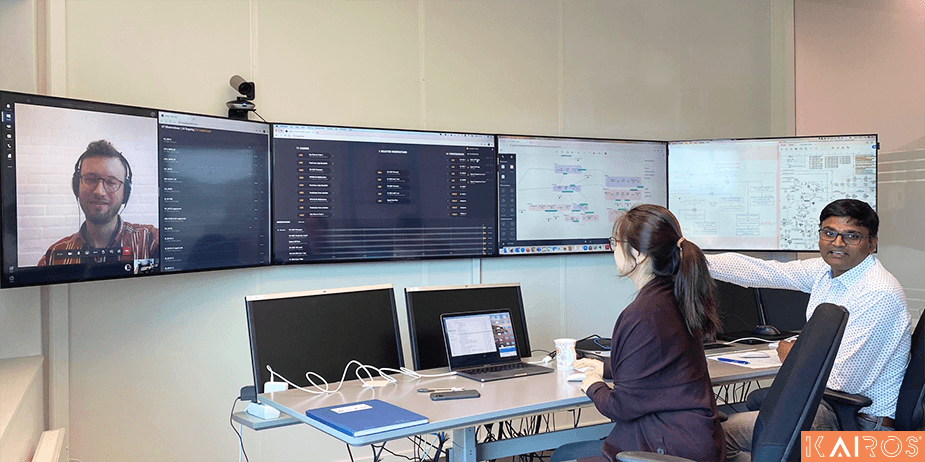Last week, Equinor decided to move forward into phase two with Kairos Control Room Assistant for the Johan Castberg field. Despite challenges with the Covid-19 situation, the project has managed to stay on track and deliver to expectations. The project has adapted to the new situation quickly and found a good way to interact via Teams. To improve the workshops of modelling, a new software tool that supports the creation of fault scenarios has been developed. This tool will be used interactively to test, demonstrate, and explain the behavior of the model, including the Artificial Intelligence in the Control Room Assistant.
Equinor is pleased with the first step of developing a virtual Control Room Assistant to enhance the control room operator’s situational awareness. The application will support Equinors constant strive to improve safety, reduce emissions, and reduce their carbon footprint. The AI based technology demonstrated its analysis capabilities when real life problems from similar installations (Johan Sverdrup and Aasta Hansteen) were introduced to the Johan Castberg model. Based on this successful demonstration from phase one of the project, phase two will extend the models to cover all main production processes and connect the Control Room Assistant to the Operator Training Simulator for further validation. The next release of Kairos Control Room Assistant (in November) will introduce counteraction planning and the Johan Castberg project will prepare for the implementation. Operational procedures on how to deal with upsets will also be introduced.
Standing alarms is a major problem and is playing a detrimental role to the performance in everyday use of the control systems. To avoid this behavior in the Control Room Assistant, we added a feature called equipment status aware reasoning in our last release. This ensures that if a system is out of service because of a planned reason (e.g. a standby pump), it does not obscure the situation presented to the operator with unwanted results. It is our goal to have awareness of the plants mode of operation into the Control Room Assistant, so that the software can support the control room operator covering start-up, normal operation, and shut-down. Equinor is a key driver for implementation of this functionality.
As a spin-off from the main development project, we are currently implementing a HAZOP Assistant. In this project, our capabilities are to identify root causes and forecast consequences used to increase quality and reduce time and effort to perform HAZOPs. This may also be used at a later stage in the Johan Castberg project.
We want to thank the Equinor team for a positive and motivating approach to the project. We will do our utmost to succeed in the next phases of the project.







